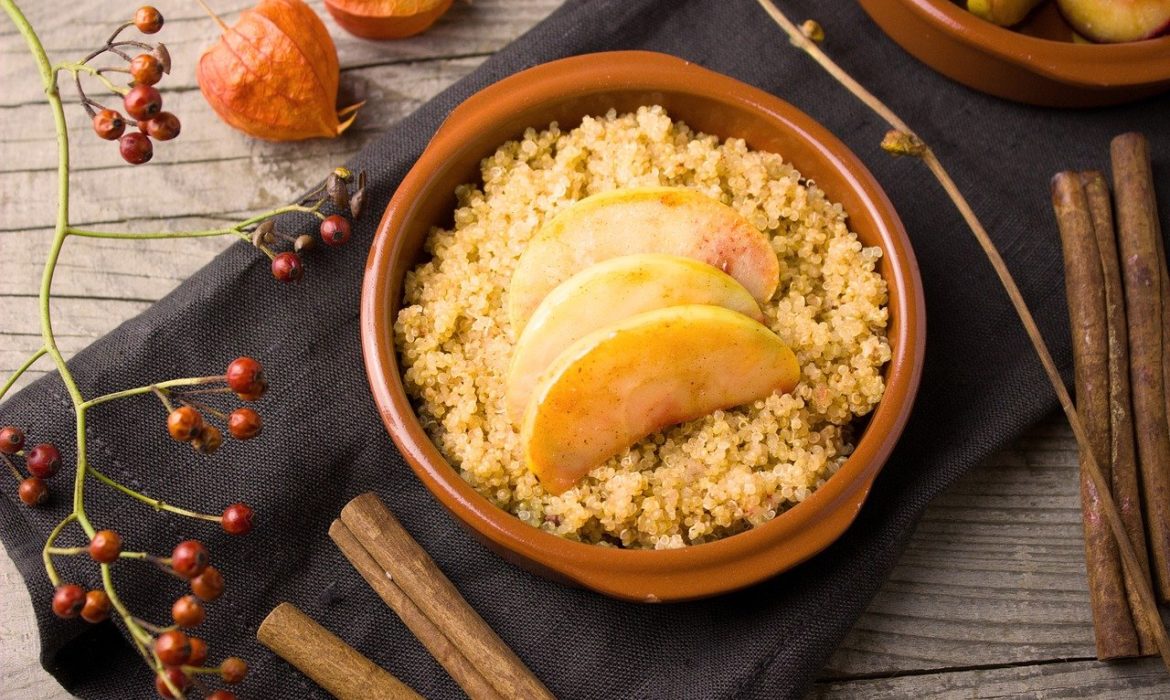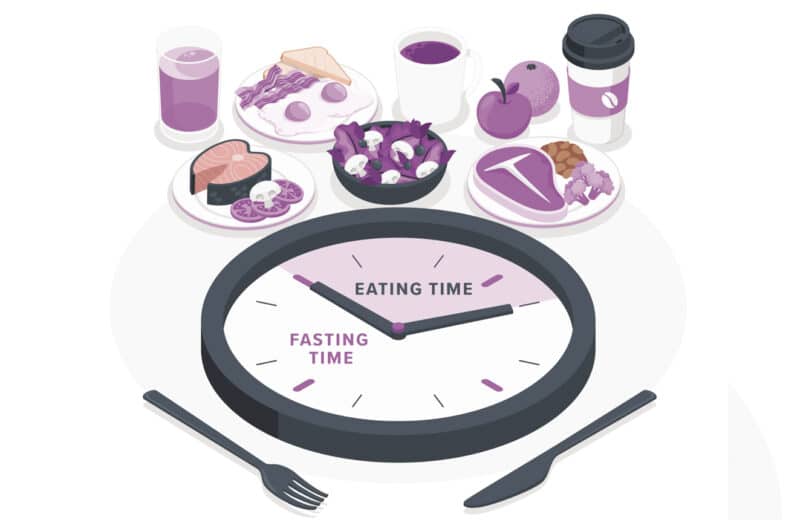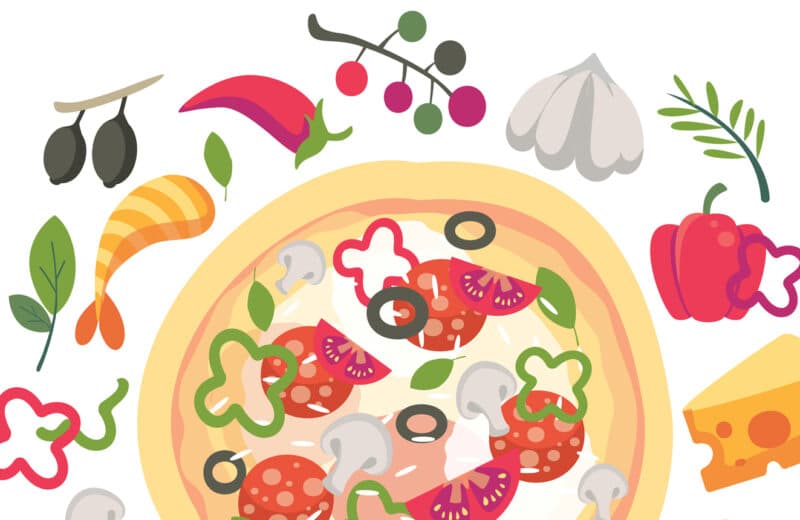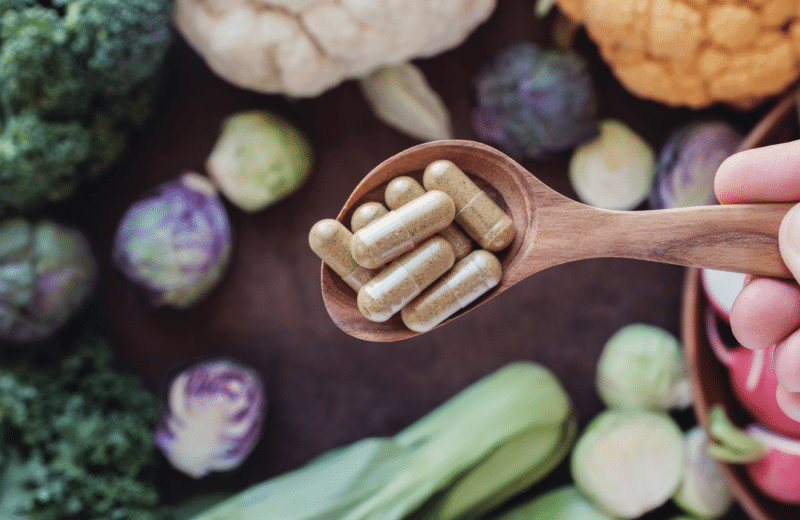DEAR MAYO CLINIC: My doctor is recommending a trial of a gluten-free diet to see if my digestive symptoms improve. Can I still get enough fiber without eating bread and bran flakes?
ANSWER: It is possible to get enough fiber, even without eating foods that you may typically associate with good sources of fiber, such as bran flakes and bread. And that’s important because getting an adequate amount of fiber each day has several health benefits.
Fiber is best known for preventing and relieving constipation by helping to bulk up and soften stool, making it easier to pass. It also may lower the risk of hemorrhoids, pouches in the colon (diverticulosis), and colon cancer. A high-fiber diet also may improve cholesterol levels, control blood sugar, and help you maintain a healthy weight.
Gluten is a protein found in wheat, barley, and rye. In the U.S., these grains are a major source of dietary fiber. A switch away from consuming them could eliminate a major source of fiber in your diet.
However, there are a wide variety of high-fiber foods, including many grains, that are naturally gluten-free. These foods include vegetables and fruits of all types; whole grains that do not contain gluten, such as brown rice, quinoa, buckwheat, corn, popcorn, and oats that are labeled gluten-free; beans, peas, and lentils; and nuts and seeds, preferably raw or roasted and with minimal salt.
Other food products that are labeled gluten-free, such as breads, pancake mixes, snack bars, or pasta, also can contribute to fiber intake in varying amounts.
The amount of fiber recommended for men and women varies and is based on your age. Men younger than age 50 should aim for 38 grams of fiber every day. Women younger than age 50 need 25 grams of fiber per day. For people 51 and older, less fiber is necessary: 30 grams of daily fiber for men and 21 grams for women.
Getting enough fiber in your gluten-free diet may take some adjusting, but it’s possible that you’ll be eating healthier than before as you incorporate a wider variety of fiber-rich foods into your diet. In addition, by cutting out less healthy gluten-containing foods — particularly low-fiber, processed foods, such as baked goods — you may even find that your fiber intake improves.
— Kevin Ruff, M.D., Gastroenterology, Mayo Clinic, Scottsdale, Arizona (Adapted from Mayo Clinic Health Letter)












